How to Grow a Ginger From Seed
Introduction
Ginger has been used in conventional and complementary therapies for many years. A few of its benefits include helping with digestion, easing motion sickness, and fighting the flu and common cold. The natural oils in it, of which gingerol is the most significant, give it its distinct aroma and flavor.
The primary bioactive ingredient in it is gingerol. It is essentially responsible for ginger’s therapeutic qualities. Research has shown that gingerol has potent anti-inflammatory and antioxidant properties. For instance, it might aid in lowering oxidative stress, which is brought on by the body having too many free radicals.
Here are some of the health benefits of this magical vegetable:
- Gingerol, a compound found in ginger, is thought to have anti-cancer properties. However, more research is required.
- It could lower your risk of infection by assisting in the battle against dangerous bacteria and viruses.
- Studies on humans and animals suggest that it may assist in improving metrics related to weight. These include the waist-hip ratio and body weight.
- In persons with type 2 diabetes, it has been demonstrated to reduce blood sugar levels and improve several risk factors for heart disease.
- It tends to hasten stomach emptying, which is advantageous for those who suffer from indigestion and related stomach discomfort.
- It seems to be highly efficient at reducing menstrual pain if you consume it at the start of the menstrual cycle.
- There is some evidence that it can significantly lower LDL (bad) cholesterol, total cholesterol, and blood triglycerides in humans and animals.
- Gingerol, a compound with potent anti-inflammatory and antioxidant effects, is abundant in this vegetable.
- Morning sickness, nausea associated with chemotherapy, nausea following surgery, and other types of nausea can all be avoided with just one to five grams of ginger.
All the reasons above are more than enough to grow this fantastic vegetable in your garden. You should absolutely add freshly produced ginger to your daily nutrients for a healthier diet.
Do You Soak Ginger Before Planting?
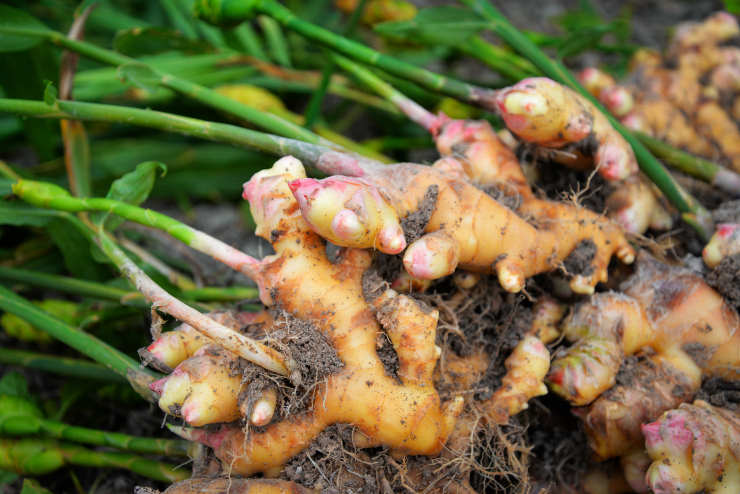
A traditional gardening tip that many novice gardeners are unaware of involves soaking seeds before planting. The time needed for a seed to germinate can be considerably shortened by soaking the seeds prior to planting. It is an important tip to know if you are looking to learn how to grow ginger from seed.
A seed may have to withstand extremes of heat and cold, excessive moisture or dryness, and even the stomach acid of an animal in the wild. Over millions of years, seeds have developed defenses to resist challenging conditions. In contrast, a seed in your contemporary garden is handled carefully. Soaking seeds before planting aids in reducing the strength of the seed’s natural defenses against what it expects from Nature and promotes faster germination.
Nature actively opposes seeds and gives them an internal clock that signals when to grow, which is another factor. Most seeds rely heavily on moisture levels to inform them of the ideal growing times. You can signal the seed that it is now safe to grow by quickly soaking up more moisture around the seeds.
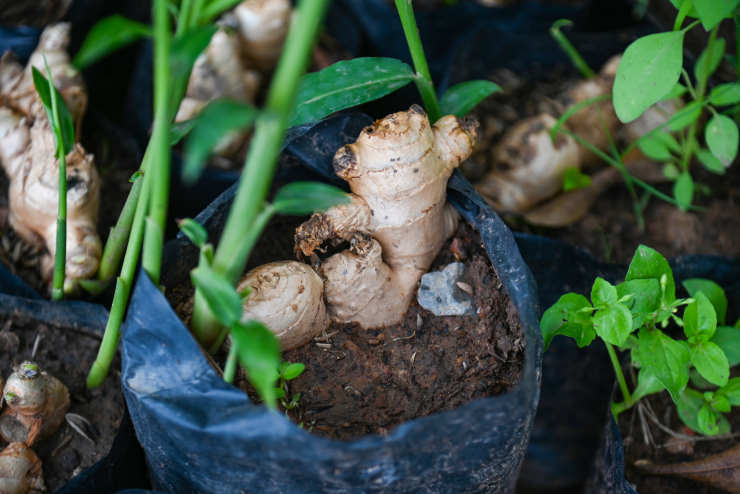
Not to mention, some seeds include germination inhibitors that are designed to prevent a seed from germinating inside the fruit. Without the leaching of these inhibitors, a seed cannot germinate. This process can take some time in the natural world when it rains. However, soaking your seeds will hasten the process.
Before starting the soaking process, let the seeds breathe for a day by leaving them outside. Then let the seeds soak in water that is first warm to the touch for eight hours or overnight. Just warm, not hot or cold. After that, put the water in the refrigerator to cool. Seeds that float should be thrown away because they won’t likely germinate. The ones that have reached the bottom are still functional.
How Long for Ginger to Grow From Seed
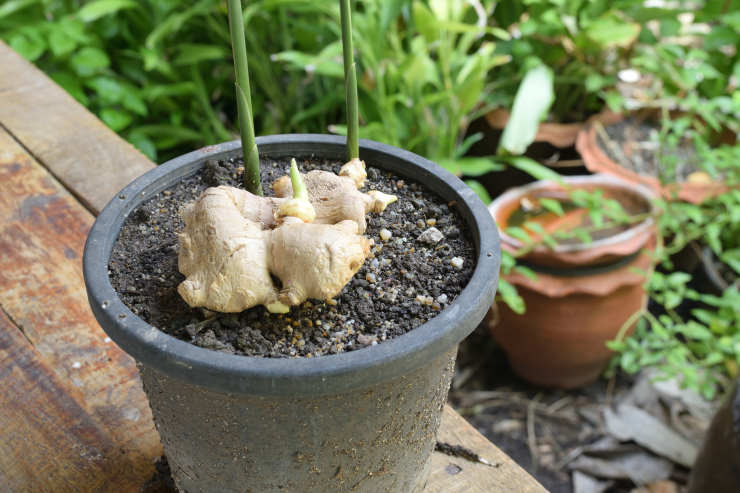
Once the root is about four months grown, you can start sneaking little pieces of it if you are growing it in the garden. Dig up the rhizome once the stalks have died and at least eight months after planting. Carefully excavate a clump’s side.
With a digging fork, harvest it before the first frost, giving each plant plenty of room to avoid accidentally puncturing your prized rhizomes. Its leaves will turn yellow as the cold approaches, so we suggest you pluck her before that happens to preserve their flavor for our winter teas. Remember that this green one does have significantly less flavor than the mature kind.
As long as you leave some eyes left while cutting off parts for cooking, the plant will not perish. Young one is occasionally collected for pickling three to four months after planting. Young one must be carefully plucked because of its more delicate, easily bruised skin. Please remember that the plant should be chopped with a clean knife. In short, any time after the leaves have fallen off is ideal for picking it. Reaching that stage typically takes eight to ten months.
Can You Grow Ginger From Supermarket Ginger?
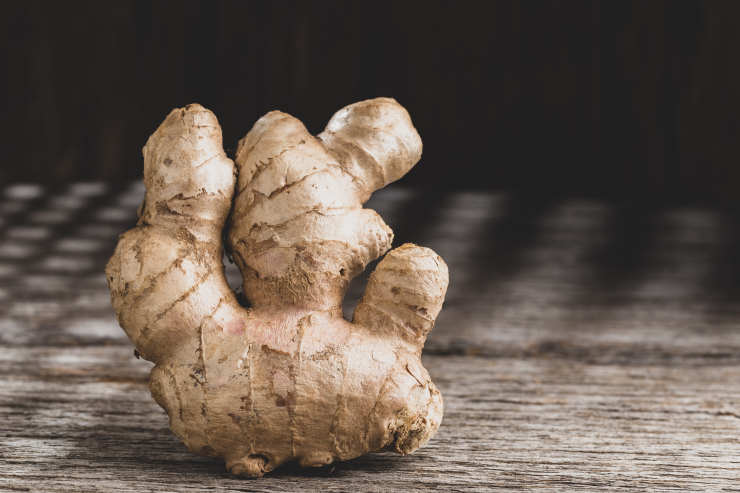
The answer to this question is definitely yes. It’s never a wrong time to start reproducing it from leftovers from the grocery store. Generally, it is produced from a piece of the rhizome or tuber, the identical part of the plant you buy at the shop, rather than from seeds.
Choose a bit that is as fresh as possible, especially with noticeable eyes, which are small yellow tips from which shoots sprout. With the eyes barely above the surface, place each piece in a pot filled with well-drained potting soil, such as seed and cutting compost, and thoroughly water it. Place the pot in a sunny area of the house, about 20°C, and cover it with a clear plastic bag. You’ll start to see green tips in a few weeks.
It will make a lovely houseplant all year if kept in a bright, comfortable space, and after six to eight months, it will begin to bear fruit. You might even say that it’s much easier to grow it from the ones bought from the grocery store.
Timing is of the essence of growing this vegetable. The ideal time to plant it is early spring. It is a tropical plant that will thrive all year round if you live in a warm region. It should be grown in milder climates in a planter that can be taken indoors during the winter. Planting it should be postponed until after the first frost has gone. It will take the plant eight to ten months to reach maturity. The plant is best harvested in the winter when the leaves start to fall.
Does Ginger Like Sun or Shade?
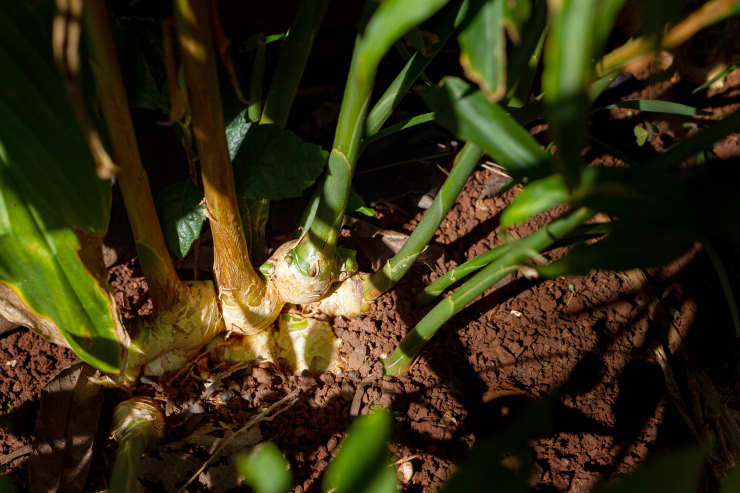
It is a plant native to the jungle and does not require direct sunlight to exist or grow. This information is crucial while learning how to grow ginger from seed. With some complete shade, your plants should thrive. Warm, humid environments are excellent for this plant’s growth. They favor partial shade with two to five hours of daily dappled sunlight.
Although plants usually tolerate early sun, they also do well in indirect light. They can be placed in a dark area of your garden. They cannot live in areas with strong winds or soil that does not drain well. Roots may grow with stunted or deformed roots in poorly draining soil, or they may rot. Rich, loose, loamy soil is ideal for plants in gardens.
After planting, mulch should be used to keep the soil moist. The plants should not be allowed to dry out during dry spells and will benefit from frequent, mild misting. Like potatoes, ginger rhizomes can be divided and planted. At least one eye in each part should be clipped off before being buried. You should soak the rhizomes for twenty-four hours before planting if you intend to plant root sections that you purchased from a food shop.
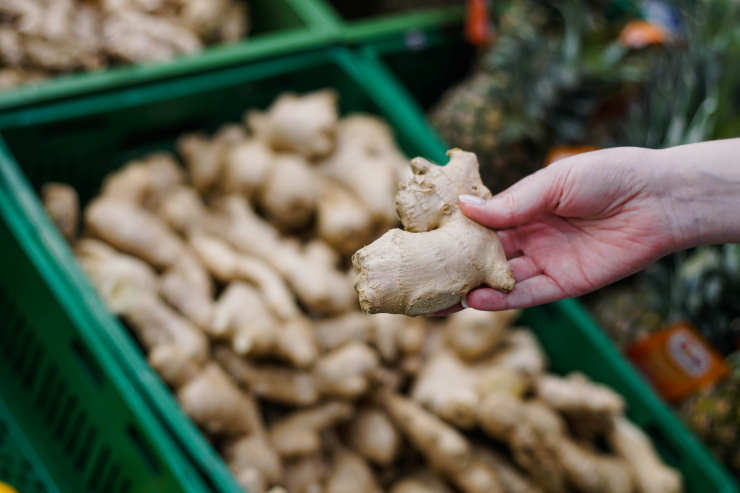
This vegetable should never be left in the sun for an extended period, as this can cause the plant to wilt or die. Most species require just two hours of sunlight each day to flourish, but many don’t even need that. Because it is a native of the jungle, it can live and even thrive without full sun.
A little to a lot of shade should be ok for your plants. These plants can be placed in a dark yard and do well in indirect sunlight. However, it usually won’t harm them if they get full sun in the morning. It should never be left in the sun for an extended time, or it might wilt or die.
Most types don’t require much sun at all and can flourish with just two hours of direct sunlight daily. If it is exposed to direct sunlight, the morning sun is preferable to the afternoon sun. Your plants may become stressed by the intense afternoon sun. It should be planted in shady spots or north-facing garden beds.
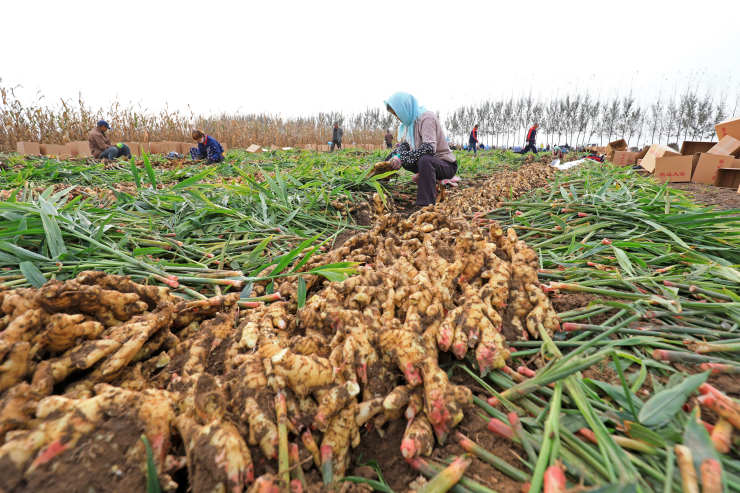
Your plants benefit from a few hours of morning sunlight, but bright afternoon light can harm their health unless only used briefly. It is because it gets stressed by too much sunshine. Therefore, place it in areas that receive afternoon shade from structures, fences, or other plants. Another excellent spot for this vegetable is a garden bed that faces north.
Most plants won’t suffer from a lack of direct sunlight. However, certain types of ginger require at least two hours of direct sunlight each day to flower. The majority of types won’t suffer from partial shade. If these plants do not receive at least two hours of direct sunlight each day, they may not bloom. Its flavor is typically unaffected by a lack of flowering.
Although the flavor of this spice is usually unaffected by the absence of blossoms, if you want to grow ginger plants for its flowers, you should ensure they receive at least two hours of full sun each day, ideally in the morning.
Possible Troubles With Growing Ginger From Seed
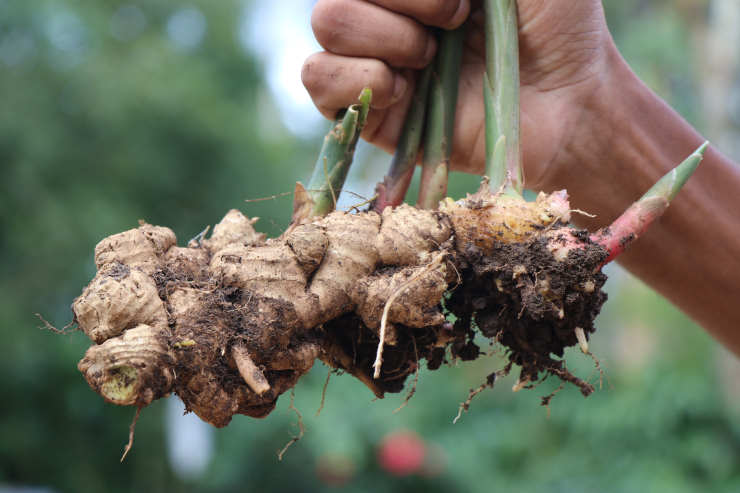
First of all, purchase fresh seeds every year because bacteria can be present in any seeds you harvest. Bacteria can also persist in the soil, so dig the resultant crop thoroughly to remove any buildup during the winter. Rotate your crops as well.
Problems that have already happened before germination may not even be visible to you. Temperature fluctuations and watering problems may be to blame for this. Use a water mister instead of a watering bucket and a heat-controlled propagator. Additionally, keep an eye on the soil’s moisture level; if the soil feels damp to the touch, stop watering.
Overwatering is a tempting option. It is a relatively typical error, but consider the environment in which ginger would have evolved. So please think of the extensive dry spells in their rainfall patterns. That ease of drainage must be present in the soil. The double-dig technique or high-quality green manure with a long tap root will achieve this.
Conclusion

Although growing ginger from rhizomes is rather simple, cultivating baby ginger from seed will give you a sensitive, delicate flavor. Ginger must be grown from seeds, which requires seed soaking, selection, potting in grit mix, and a heated propagator for around six weeks. Then a six to eight-week period of refrigeration. Move outside, and within the next six weeks, anticipate germination. You can consume them at six months when they are still small baby ginger, soft, and pink in color.
Since ginger is a native of moist, humid climes, it does not require a lot of sunlight. If you are wondering about how to grow ginger from seed, we suggest you abide by the following guidelines:
- Ginger doesn’t need a lot of direct sunlight.
- Most ginger types require just two hours each day of direct sunshine to thrive.
- You can grow ginger in a shaded part of your yard.
- Ginger plants shouldn’t be left in the direct light for too long.
- Ginger can be grown in your garden in regions with shade or indirect sunlight.
- Give your ginger two hours of direct sunshine each day to help it bloom.
- Give ginger no more than two hours of direct sunlight per day, or it could suffer and die.
You may also be interested in:


